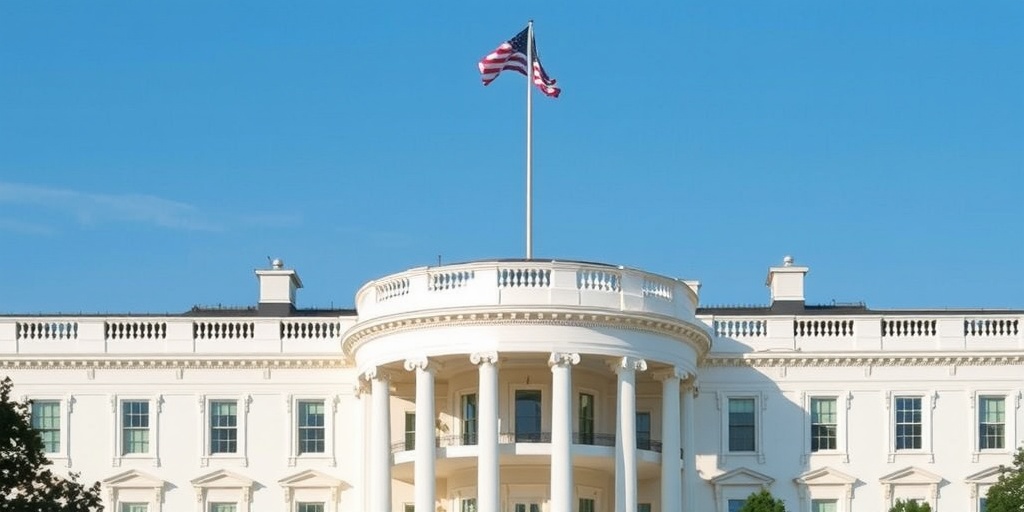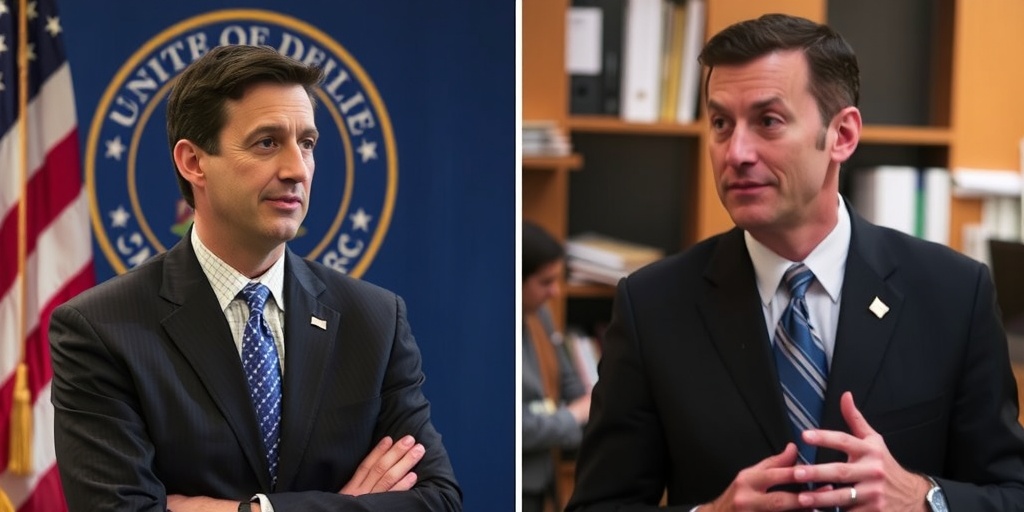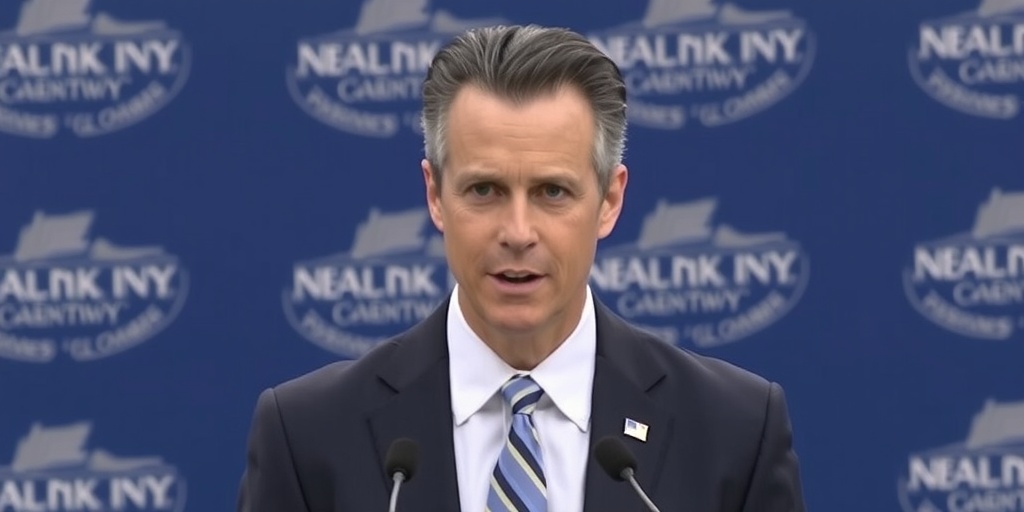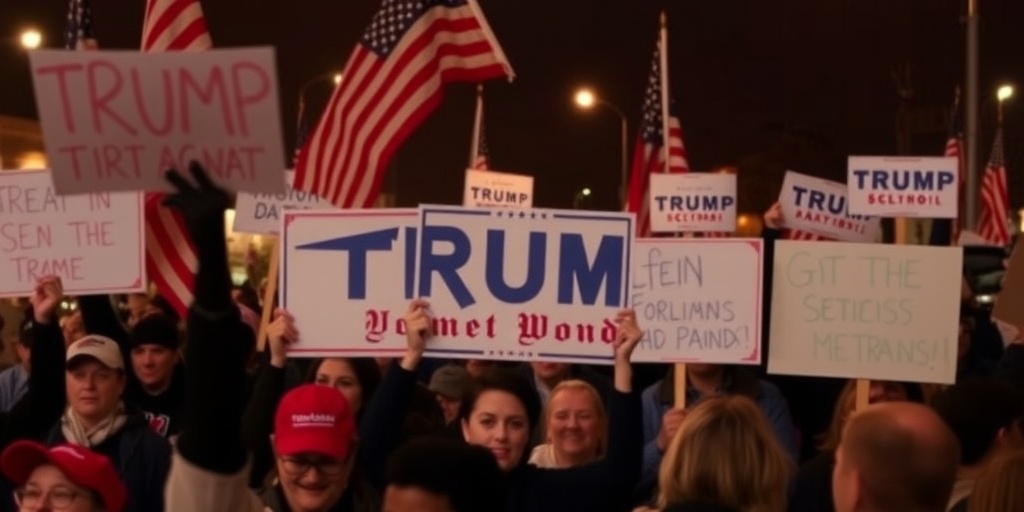Now Reading: Nationwide Anti-Trump Protests Erupt
-
01
Nationwide Anti-Trump Protests Erupt
Nationwide Anti-Trump Protests Erupt
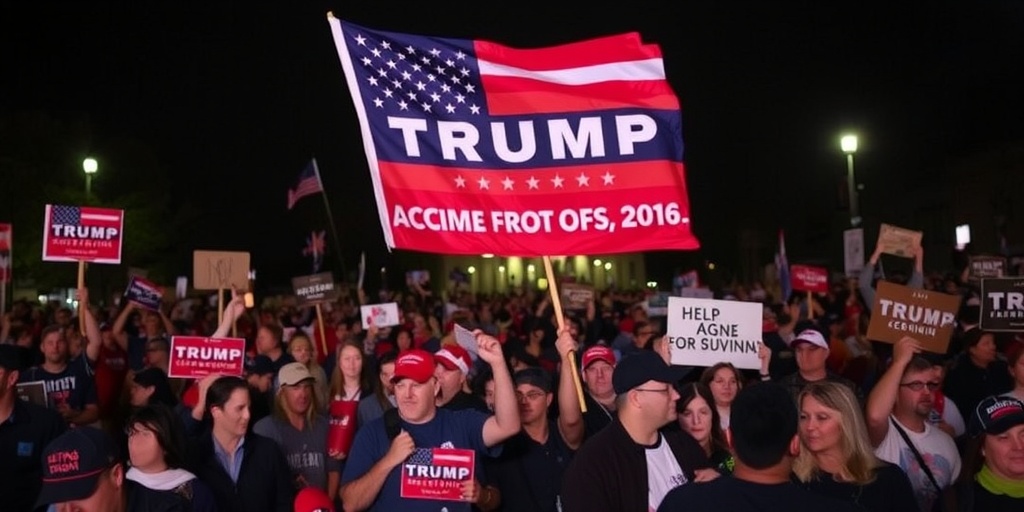
Nationwide Protests Erupt Against Trump Administration Policies
On a recent Saturday, demonstrators gathered in cities and towns across the United States to voice their opposition to various policies enacted by President Donald J. Trump. The coordinated event, dubbed “Hands Off!,” saw rallies planned in all 50 states, showcasing a vibrant display of defiance against the current administration. Participants rallied in support of national parks, small businesses, public education, health care for veterans, abortion rights, and fair electoral processes, all while denouncing a host of issues including tariffs, oligarchical practices, dark money in politics, and perceived fascism.
Images shared on social media captured the spirited gatherings, including sizable crowds in St. Augustine, Florida, Buffalo, New York, and even in the rain-soaked streets of Frankfort, Kentucky. Demonstrators brandished a variety of signs that reflected both specific grievances and broader opposition to Trump’s agenda. Slogans such as “Hands off my money, rights, democracy” and “Make lying wrong again” encapsulated the diverse concerns held by the protesters.
The mass mobilization comes at a crucial moment when many advocates on the left have voiced their frustrations over what has been perceived as a lack of substantial resistance to the president’s actions. Organizers of the protests emphasized that Trump has aggressively moved to target individuals and institutions that dissent from his ideological stance. This has spurred many citizens to take to the streets in hopes of reclaiming their voices in a democratic system they feel is under threat.
The protests were organized by major grassroots movements including Indivisible and MoveOn, groups that previously played pivotal roles in articulating public opposition to issues such as gun violence, racial injustice, and abortion rights during Trump’s first term. The organizers of “Hands Off!” aimed to pivot the focus of their rallying cries from massive demonstrations, like the Women’s March in 2017, to smaller, community-centric gatherings. This strategy reflects a desire to engage more directly with local populations and make the movement feel more accessible to the average American.
By emphasizing pocketbook issues such as health care, Social Security, and economic equality, the organizers aimed to illustrate how Trump’s policies adversely affect everyday Americans while further benefitting the wealthiest individuals in society. They presented their message with a sense of urgency, hoping to galvanize public sentiment around the idea that the current administration’s priorities are misaligned with those of the general population.
As the day of action unfolded, it became increasingly clear that the protests were not merely about disagreement with a single individual, but represented a larger movement calling for systemic change. Many voices echoed the sentiment that protecting democracy and ensuring equal rights should be non-negotiable commitments for all citizens. The presence of diverse issues at the rallies symbolizes the intersectionality of the concerns affecting various demographics, uniting them under a common banner of resistance against perceived injustices.
With demonstrators representing a wide array of causes, the protests underscored the collective frustration felt by many Americans regarding issues that they believe have been neglected or exacerbated by the administration. As chants filled the streets and placards were raised high, there was a palpable sense of community and solidarity among those in attendance, indicating a growing movement that is unlikely to fade quietly into the background.
Among the leaders of the protest, there was a notable emphasis on the need for sustained engagement moving forward. They called for participants to stay informed and involved in local politics, advocating for policies that reflect the values of their communities rather than the interests of powerful elites. The organizers pledged to continue these grassroots efforts, emphasizing that collaboration and unity would be vital in challenging the status quo.
As the protests concluded, one thing was clear: the “Hands Off!” movement was more than just a reaction to President Trump’s policies; it represented an ongoing struggle for equity, social justice, and democratic integrity. As Americans reflect on the day’s events, the question remains whether this mobilization of voices will lead to lasting change in the political landscape. The community gatherings served not only as a platform for dissent but as a rallying cry for a population eager to reclaim agency in the face of overwhelming odds.
The aftermath of the protests will likely reverberate in the weeks and months to come, as citizens consider their roles in shaping the future of their nation. With upcoming elections on the horizon, the drive to advocate for change may inspire many to take their concerns to the ballot box, where they hope to influence policy and protect the rights they hold dear. The energy displayed during these protests indicates a formidable presence of dissent that aims to hold the administration accountable, fostering a renewed sense of activism and engagement across the country.
Stay Informed With the Latest & Most Important News
Previous Post
Next Post
-
 01New technology breakthrough has everyone talking right now
01New technology breakthrough has everyone talking right now -
 02Unbelievable life hack everyone needs to try today
02Unbelievable life hack everyone needs to try today -
 03Fascinating discovery found buried deep beneath the ocean
03Fascinating discovery found buried deep beneath the ocean -
 04Man invents genius device that solves everyday problems
04Man invents genius device that solves everyday problems -
 05Shocking discovery that changes what we know forever
05Shocking discovery that changes what we know forever -
 06Internet goes wild over celebrity’s unexpected fashion choice
06Internet goes wild over celebrity’s unexpected fashion choice -
 07Rare animal sighting stuns scientists and wildlife lovers
07Rare animal sighting stuns scientists and wildlife lovers













